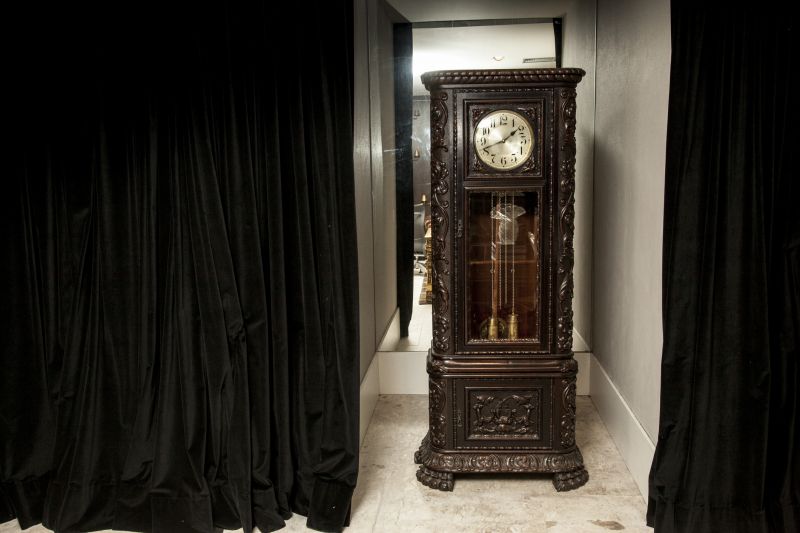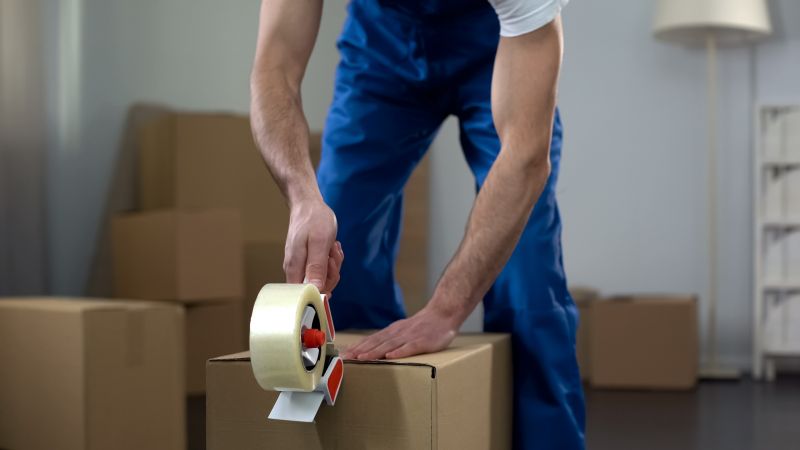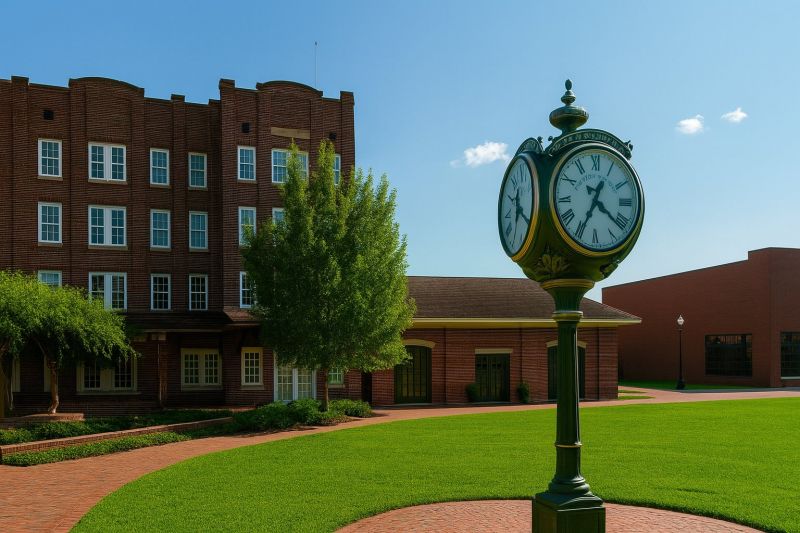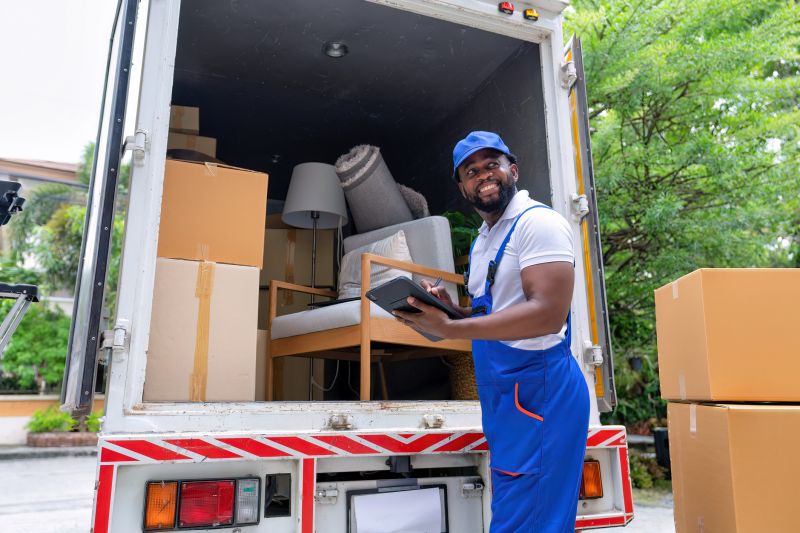Optimal Timing for Relocating a Grandfather Clock
Determining the optimal time for relocating a grandfather clock involves considering various factors such as weather conditions, seasonal stability, and the clock's environment. Proper timing ensures minimal risk of damage and preserves the clock's accuracy.
These seasons typically offer mild weather, reducing the risk of temperature and humidity fluctuations that can impact the clock's mechanism during transit.
Relocations should be scheduled when there is no forecast of extreme cold, heat, or storms to prevent damage caused by environmental stress.
Dry periods help prevent moisture-related issues like rust or warping, especially in climates prone to high humidity.
Timing the move when the clock is not actively running minimizes the risk of mechanical stress and allows for easier disassembly.

A professional moving a grandfather clock carefully wrapped and secured for transportation.

Parts of a grandfather clock prepared for safe transport to prevent damage.

Padding and wrapping materials used to protect the clock during relocation.

Ways to make Grandfather Clock Relocations work in tight or awkward layouts.

Popular materials for Grandfather Clock Relocations and why they hold up over time.

Simple add-ons that improve Grandfather Clock Relocations without blowing the budget.

High-end options that actually feel worth it for Grandfather Clock Relocations.

Finishes and colors that play nicely with Grandfather Clock Relocations.

Little measurements that prevent headaches on Grandfather Clock Relocations day.
| Timing Consideration | Best Practice |
|---|---|
| Weather Conditions | Schedule during mild weather to avoid temperature fluctuations. |
| Season | Opt for spring or fall for stable environmental conditions. |
| Clock Usage | Relocate when the clock is not in active use. |
| Environmental Stability | Choose periods with low humidity and no storms. |
| Personal Schedule | Plan during times with minimal disruption. |
| Transportation Conditions | Ensure transportation avoids extreme temperature exposure. |

Careful disassembly of clock components before relocation.

Specialized vehicle with climate control for moving clocks.

Expert reassembling a grandfather clock at the new location.

Carefully placing the clock in its new position, ensuring stability.
Relocating a grandfather clock requires careful planning and timing to ensure its preservation and proper functioning after the move. Professional assistance can help determine the most suitable time based on environmental conditions and logistical considerations.
Interested in scheduling a grandfather clock relocation? Filling out the contact form provides an opportunity to discuss specific needs and arrange for professional handling of the move.
